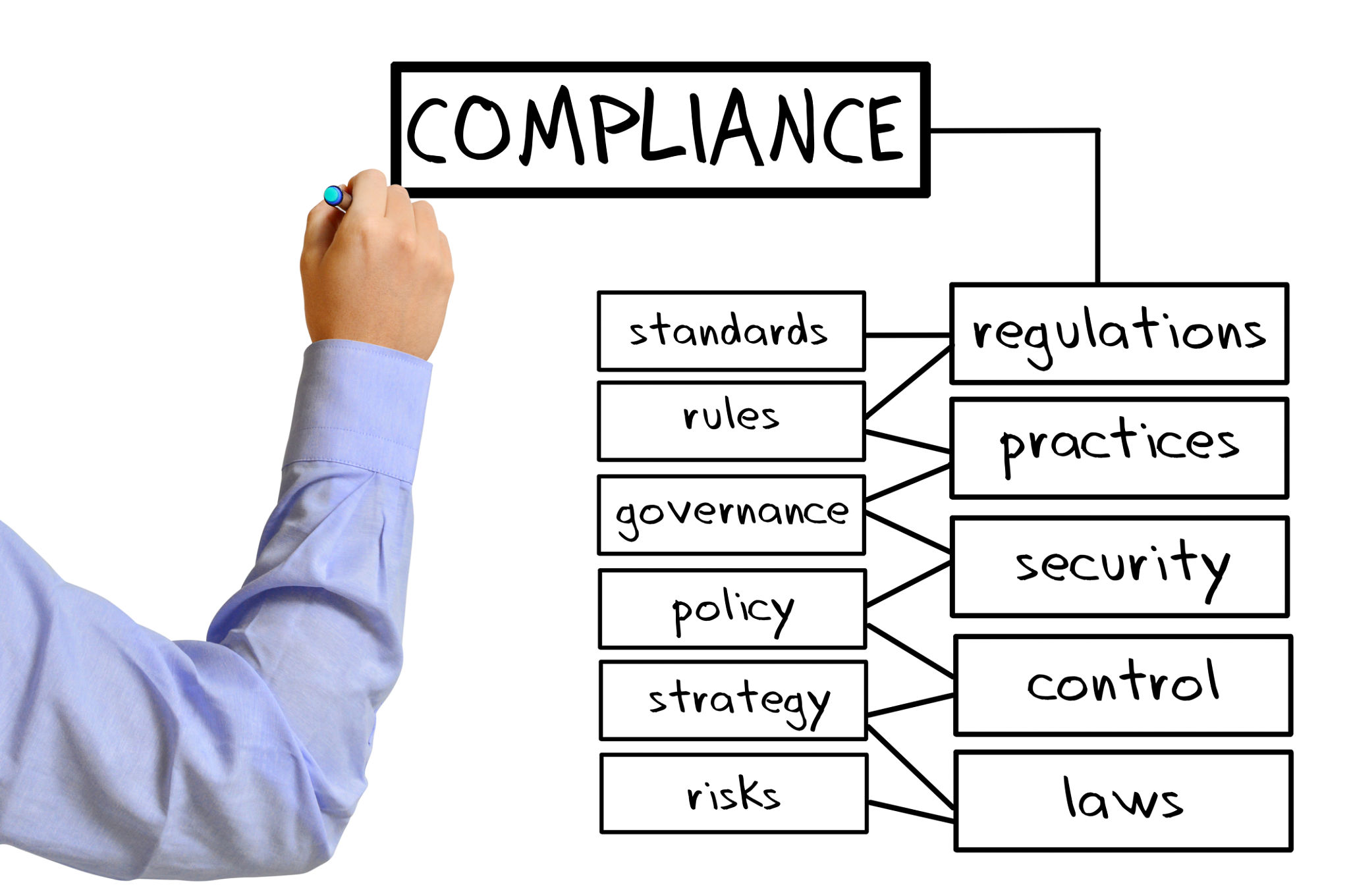Essential Steps to Streamline Your Legal Processes Efficiently
Understanding the Importance of Streamlining Legal Processes
In today's fast-paced legal environment, efficiency is not just beneficial—it's essential. Streamlining your legal processes can lead to improved productivity, reduced costs, and better client satisfaction. By eliminating unnecessary steps and automating repetitive tasks, legal professionals can focus on what truly matters: delivering high-quality legal services and advice.

Identifying Bottlenecks and Inefficiencies
The first step to streamlining your legal processes is to identify bottlenecks and inefficiencies. These could be outdated procedures, redundant tasks, or manual processes prone to errors. Conduct a thorough review of your current workflows and gather feedback from your team to pinpoint areas that require improvement. Understanding where the delays occur allows you to address these issues effectively.
Conducting a Workflow Analysis
A workflow analysis involves mapping out each step in your legal processes. By visualizing the entire process, you can see where time is wasted or where errors frequently occur. This analysis can be done using software tools that provide insights into process performance, helping you make informed decisions about necessary changes.

Leveraging Technology for Automation
Technology plays a crucial role in streamlining legal processes. Implementing automation can significantly reduce the time spent on routine tasks. Legal practice management software, document automation tools, and case management systems can handle everything from scheduling appointments to generating legal documents. This not only saves time but also minimizes human error.
Selecting the Right Tools
Choosing the right technology is critical for successful automation. Consider tools that integrate seamlessly with your existing systems and are user-friendly for your team. It's important to ensure that your team receives adequate training on these tools to maximize their potential and improve overall efficiency.

Improving Communication and Collaboration
Effective communication and collaboration are vital components of a streamlined legal process. Implementing collaborative tools can enhance communication within your team and with clients. Platforms that offer secure file sharing, real-time messaging, and task management features can keep everyone in sync and reduce delays caused by miscommunications.
Emphasizing Client Interaction
Streamlining processes shouldn't come at the cost of client interaction. In fact, it should enhance the client experience by providing faster response times and more personalized service. Ensure that your clients have easy access to updates on their cases and can communicate with your team effortlessly.

Regularly Reviewing and Updating Processes
Streamlining is an ongoing effort. Regular reviews are necessary to ensure that your legal processes remain efficient over time. As your practice grows or changes, so too should your processes. Make it a habit to assess workflows periodically and be open to adopting new strategies or technologies that could further enhance efficiency.
Adapting to Changing Needs
The legal industry is constantly evolving, and staying adaptable is crucial. Whether it's new regulations, technological advancements, or shifts in client expectations, your processes should be flexible enough to accommodate changes swiftly. This proactive approach will keep your practice competitive and efficient.
By following these essential steps, you can streamline your legal processes effectively, leading to a more productive practice and satisfied clients. Embrace change, leverage technology, and continuously seek improvements to ensure your legal operations are running at their best.